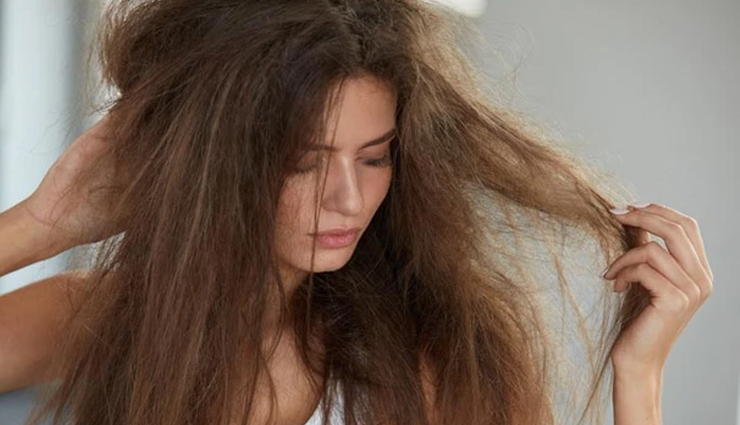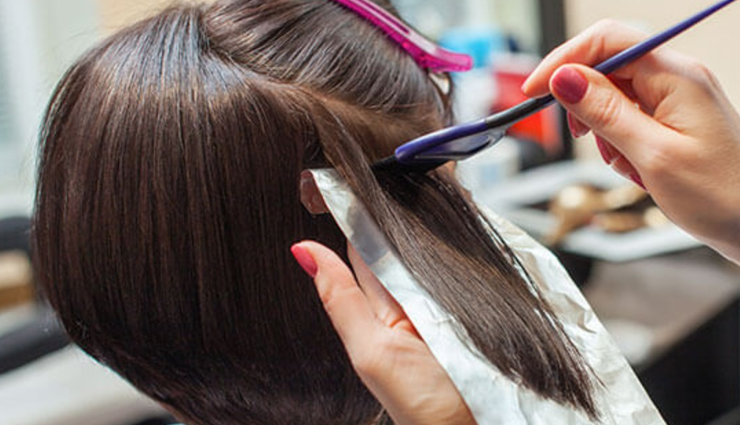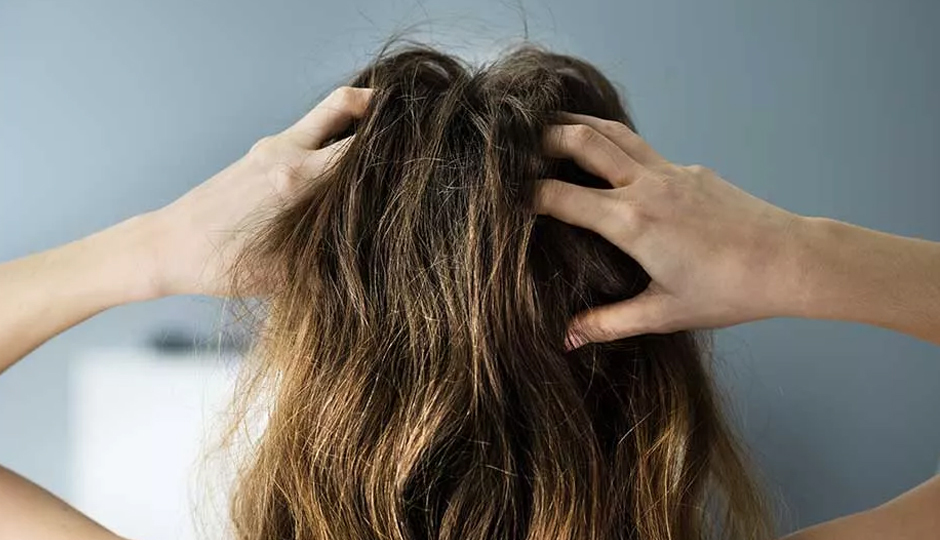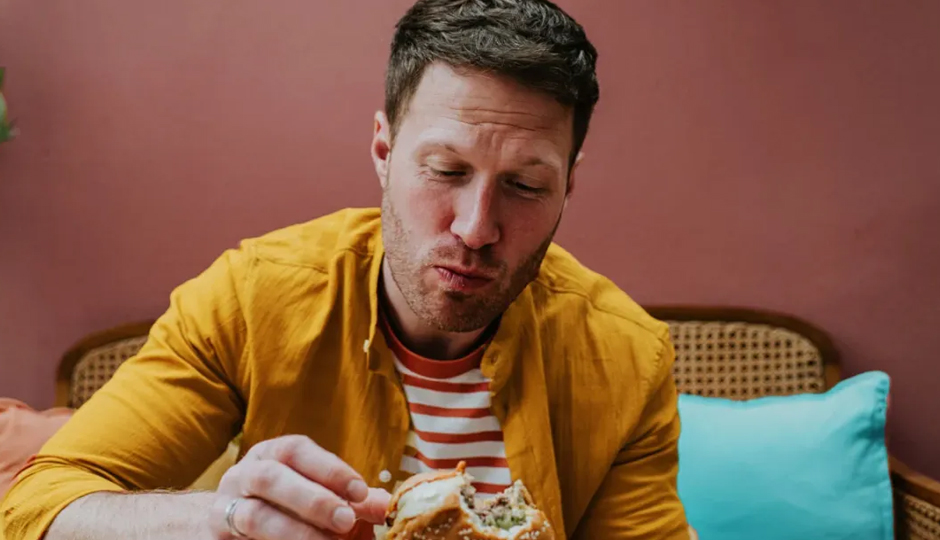5 Common Types Of Hair Damage And How To Treat Them
By: Kratika Maheshwari Tue, 11 May 2021 4:33:35

Even if you take lots of precautions like breaks from heat-styling, using hair masks regularly, and extending time between color appointments — at a certain point, your hair may still show signs of damage from daily wear and tear. Some of the most unlikely hair damage culprits can take a serious toll.
If you notice that your hair is lacking luster, moisture, or density, it might be time to diagnose the issue and work toward a solution. We spoke to experts for insight on each type of damage, what the common causes are, and what we can do to reverse (or at least minimize) it.

# Colour Damage
In order to deposit color into your hair or bleach it, the dye should get into your hair shaft. In this process, the color has to move beyond the hair cuticle. The cuticle acts as tree bark and protects the hair from damage. To penetrate into the cuticle, the hair dye uses ammonia. Ammonia elevates the pH of the hair, relaxes the cuticle, and lifts it. When this happens, automatically, your hair gets damaged as the cuticle isn’t meant to be lifted. The longer the cuticle is lifted, the more the hair gets weakened.
Once the cuticle is lifted, hair dye then uses peroxide to break down the natural hair pigment. Peroxide is the reason why colored hair takes on a straw-like structure. It also makes hair extremely dry. Once the hair is rinsed, the cuticle closes. But the hair is already damaged.
How To Heal
Coloring your hair is not recommended, especially when it is already damaged. How to find if the hair is damaged or not? There is a simple technique for it. Stretch a small section of hair and pull it tight. Now pour a few drops of water and notice how long the water takes to absorb into the hair. If it takes less than 10 seconds, note that your hair is damaged, and it has to be repaired before you color it. If it takes more time, then your hair is healthy. This simple test for hair porosity can give insights about your hair quality.
Anyways to lessen the amount of damage, you can use moisture-rich natural hair dyes. Natural hair dyes contain conditioning ingredients that help protect and repair your hair during the coloring process. Natural hair dyes are also completely free from chemicals and hence do not cause hair damage.

# Heat Damage
We all know how bad heat styling is for our hair’s health, yet, we can’t resist doing it. Whether it is a blow dryer, curling iron, or a hair straightener, these tools make styling a lot easier. While these tools give you bouncy luscious hair, unfortunately, there are also many disadvantages for the hair’s overall health.
These tools dry out the cuticles and change the structure of hair proteins. These also cause split ends and breakage of the ends. You may also find difficulty in brushing and styling the hair as heat styling tools can cause tangles, knots, and breakage.
How To Repair
If you have curly hair and the heat damage has affected your natural curls, sealing back the moisture into your follicles using a deep-conditioning treatment can help regain your natural bounce. Moisture-rich natural conditioners like Moringa oil, Coconut oil, Sesame oil avocado, aloe vera are your best bets.
For straight hair, you will have to focus on restoring its natural proteins. Leave in treatments that include honey, olive oil, and yogurt help in restoring your glossy appearance. To smoothen broken hair, you can try conditioning spray that has keratin.

# Mechanical Damage
Do your strands have thin edges, are tangled, or have mid-shaft splits? Then your hair is most-likely mechanically damaged. Mechanical is directly linked to the way you are handling your hair. If you are someone who creates tension by ripping through tangles and rocks braids, weaves, or tight ponytails often, then you should reconsider your hair care. You need to go easy on the combing and styling.
How To Heal
As mentioned above, you need to opt for breakage-free hairstyles and wear your hair down more often. Never comb your dry hair or brush your wet hair. Also, comb your hair only when you style it.

# Chemical Treatment Damage
Chemical treatments like perms and relaxers can strip off your hair, which leads to breakage. Once your hair fiber is compromised, we cannot fix it or heal it. So the best thing we can do is to prevent taking chemical treatments.
How To Heal
To prevent further damage caused by chemical treatments, you need to adjust the hairstyling habits that have created the problem and implement practices that promote hair health. You also need to establish a weekly deep treatment routine for four to six weeks consistently.

# Sun Damage
Summer means having long days out in the sun, whether you are hitting your local park or lying on the beach. Did you know like your skin, your hair can also get damaged by the harmful rays coming from the sun? Your hair ends up feeling dry and brittle when it is directly exposed to the sun for significant long hours. The sun wreaks havoc on the hair and causes frizziness, split ends, brittleness, and even discoloration.
How To Heal
The best tips for repairing sun-damaged hair are -
- Wash with cool water
- Use sulfate-free shampoos
- Have regular trims
- Wash hair properly after swimming
- Use Organic Sesame Oil for regular hot oil head massage.





